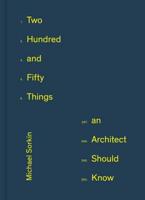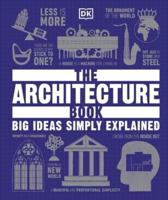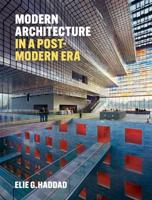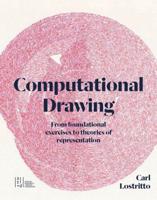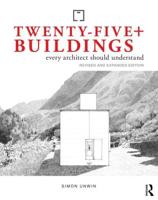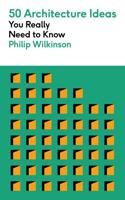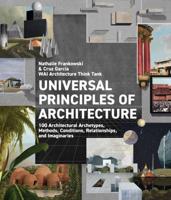Publisher's Synopsis
Although Muthesius is known best in Anglo-American architectural literature for his studies of the English house, his scholarship constituted a wide-ranging modernist polemic emanating from the German realist movement of the late 1890s. Notions that were introduced in Style-Architecture and Building-Art became common in later modernist historiography: disdain for the nineteenth century's artistic eclecticism and lack of originality; appreciation of the material and industrial aspects of building technology, and, above all, a simpler approach to design. Muthesius' critique of stylistic architecture is not only linked to the development of the Deutsche Werkbund movement, but also can be viewed more broadly as a cornerstone of the modern movement.
In his introduction, Standford Anderson situates Muthesius and his work in turn-of-the-century architectural discourse and analyzes his vision of a new form of architecture. Anderson also discusses the rationale underlying the call for cultural renewal, the role of English architectural models in Muthesius's thought, critical differences between the first and second editions of Style-Architecture and Building-Art, the influence of the Jugendstil and Art Nouveau movements on Muthesius and, in turn, the influence of Muthesius on the Deutsche Werkbund movement.

